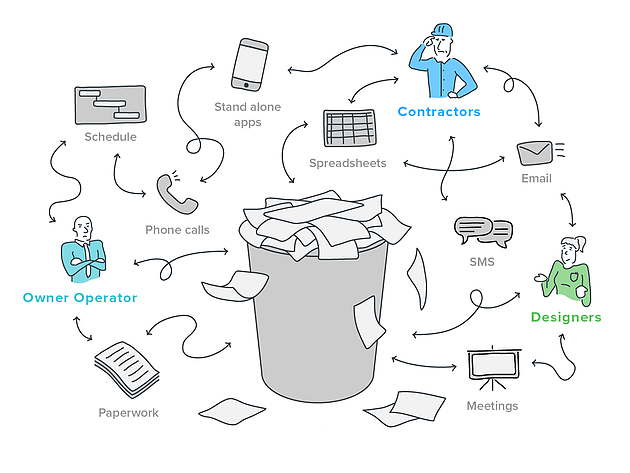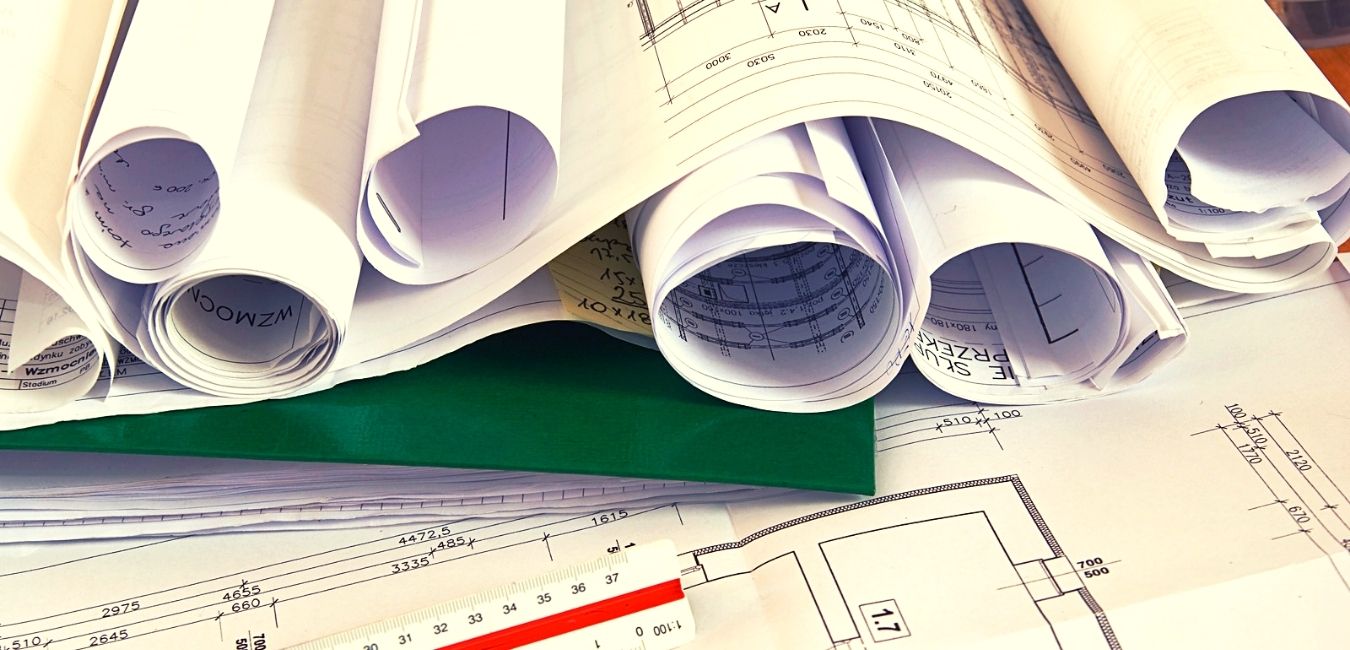Understanding Company: Boost Performance with Construction Document Management
Understanding Company: Boost Performance with Construction Document Management
Blog Article
Achieving Seamless Task Delivery: Engineer's Comprehensive Approach to Building And Construction Paper Management
In the realm of architecture and building and construction, the meticulous orchestration of project elements is paramount to success. One important element typically undervalued is the monitoring of building documents, which offers as the backbone of every project. construction document management. As engineers browse the complexities of coordination, layout, and implementation, a comprehensive technique to record administration becomes a cornerstone for achieving smooth project delivery. By dissecting the subtleties of this procedure, revealing the essential aspects, and checking out ingenious technical options, architects unveil a pathway in the direction of increased performance and collaboration within task teams. The fusion of technology, accuracy, and partnership creates the foundation of a successful building undertaking, boosting the relevance of a structured document management method.
Significance of Building And Construction Document Monitoring
Reliable building and construction record administration plays an essential role in ensuring job success by helping with smooth interaction and company throughout the building and construction procedure. By preserving updated and accurate building records, engineers can effectively interact with contractors, subcontractors, and various other stakeholders included in the job. These papers offer as a referral point for all celebrations, making certain that everyone is working from the same set of details and reducing the chance of misunderstandings or mistakes.
Additionally, proper record administration can improve job efficiency, lower costly delays, and eventually lead to the successful completion of construction tasks. Designers who focus on building paper monitoring set a solid foundation for task success and demonstrate a dedication to delivering top notch results.
Secret Components for Effective Paperwork

Given the important role that orderly and accurate building paperwork plays in ensuring project success, it is vital to identify crucial elements that add to reliable documents management. Concise and clear communication is vital. All stakeholders must recognize the documents demands and be able to accessibility and analyze the information conveniently. Secondly, developing standardized layouts and methods ensures uniformity throughout all job documents. This consists of naming conventions, file structures, and revision control to protect against mistakes and complication. Routine testimonials and updates are vital to keep documents reflective and existing of the project's progress. This method helps determine any kind of inconsistencies or changes that need to be dealt with quickly. Implementing a durable document management system that enables for variation control, gain access to restrictions, and audit trails considerably enhances the organization and security of project paperwork. By including these essential aspects right into building and construction paper monitoring methods, architects can improve procedures, minimize mistakes, and inevitably add to the effective distribution of projects.
Utilizing Technology for Document Company
Leveraging advanced electronic tools and software application systems contributes in boosting the organization and ease of access of building documentation. Architectural firms can streamline their file monitoring processes by carrying out specialized software application made for the building and find more info construction market. These devices use features such as version control, cloud storage space, and joint editing Full Report capacities, enabling group members to deal with documents all at once and guaranteeing everyone has access to the most updated details.
One key advantage of making use of technology for paper organization is the ability to create a central database for all project-related files. By keeping files in a safe and secure digital setting, architects can easily search, recover, and share info with stakeholders, minimizing the danger of version conflicts or misplaced data. Furthermore, progressed software program remedies frequently incorporate metadata tagging and indexing performances, enabling individuals to categorize papers effectively and get them promptly when required.
Collective Approaches With Task Groups
To optimize job end results, architects should accept collective approaches when dealing with task groups to make sure seamless interaction and sychronisation throughout the construction process. Cooperation with task groups is necessary for architects to efficiently handle building projects. construction document management. By cultivating open interaction and synergy among all stakeholders, designers can improve decision-making processes, address possible issues proactively, and make sure that everyone is straightened with the project goals
Engineers must establish clear lines of communication with designers, service providers, clients, and other vital staff member from the start of the task. Normal conferences, development updates, and responses sessions should be scheduled to keep everybody informed and engaged. Using joint task management tools can also help with real-time info sharing and record partnership, enhancing openness and performance.

Best Practices for Record Version Control

Conclusion
In verdict, reliable building and construction file administration is crucial for accomplishing seamless task delivery. By concentrating on vital elements such as version, organization, and collaboration control, architects can make certain that all job groups are working from current and precise details. Making use of technology can simplify the paperwork process and boost total task efficiency. It is imperative for designers to implement finest techniques in record administration to effectively browse the intricacies of construction jobs.
Reliable building and construction paper monitoring plays an essential duty in making certain job success by helping with smooth communication and company throughout the building process. Furthermore, appropriate file monitoring can enhance project effectiveness, lower costly hold-ups, and inevitably lead to the effective completion of construction jobs.To optimize task end results, engineers should accept collaborative approaches when functioning with project groups to ensure seamless interaction and control throughout the building process. Partnership with task teams is important for designers to properly handle construction projects.In the realm of collaborative building and construction task administration, keeping specific control over record variations stands as an essential practice for guaranteeing task stability and cohesion.
Report this page